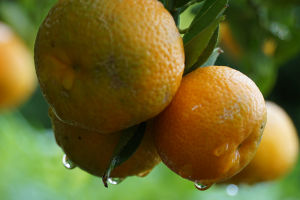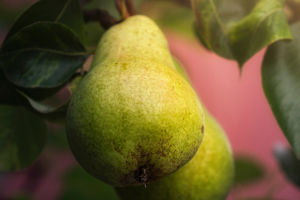The Most Popular Food
Curry rice is a delicacy, and its ingredients include potatoes, carrots, onions, and curry cubes. The taste is curry flavor. Curry rice is often used as a staple food.
The word "curry" comes from Tamil, which means "a lot of spices are added together to cook". It is said that the hometown of curry is in India.
Nowadays, curry rice is a simple dish that every household can make. Next, we will introduce how to make curry rice.
Materials:
1 potato, 1 onion, 1 carrot, 1 curry block, 1 spoon of cooking oil, some seaweed, and sesame seeds
Steps:
1. Wash and peel the potatoes and carrots, and cut them into small pieces.
2. Pour the oil, carrots, and potatoes into the pan and stir fry.
3. Add 300ml of water and cook on high heat for 8 minutes until the potatoes and carrots become soft.
4. Turn off the heat, add two curry cubes and stir to melt completely.
5 Cook on low heat for about 5 minutes until the curry becomes thick.
6. Put the rice on a plate, add the curry potatoes, and sprinkle a few sesame seeds on the rice for decoration.
Our common curry is yellow, but there are other different types of curry. Next, let’s introduce different types of curry and curry between different countries.
1. Different types of curry:
a. The freshest green curry
Fresh small green peppers are added in the production process, which is very refreshing while being spicy. Thai coconut chicken is usually green curry.
b. The spiciest red curry
The red color of red curry comes from dried chilies, which are spicy.
c. Milky white curry
When making white curry, a lot of coconut milk and sometimes cream are added, so it smells milky. White curry is best paired with mushrooms and seafood to make a thick soup.
2. Curry from different countries:
a. The biggest feature of Thai curry is that it likes to add coconut milk, which can neutralize some of the spicinesses. Local spices such as tamarind, lemongrass, and bay leaves give Thai curry a fresh and varied taste. Freshly prepared Thai curry, often in a paste form.
b. Indian curry has a lot of ingredients and generally does not add coconut milk. So Indian curries are mostly powdery, very spicy, and rich in flavor.
c. Japanese curry has its own characteristics. Fruit puree is added to Japanese curry, so the taste is sweet and delicate. It is said that Japanese people eat curry with a feeling of love. Ease of use is also a major feature of Japanese curry, and many people have bought such curry cubes.
Nutritional value of eating curry:
1. Curry's major constituents include turmeric powder, Sichuan peppercorns, star anise, pepper, cinnamon, cloves, and coriander seeds, as well as other hot spices that can boost saliva and gastric juice secretion, increase gastrointestinal motility, and increase hunger.
2. Curry can promote blood circulation and achieve the purpose of sweating.
3. Curcumin contained in curry has the function of activating liver cells and inhibiting cancer cells.
4. Curry also has the effect of assisting wound healing.


